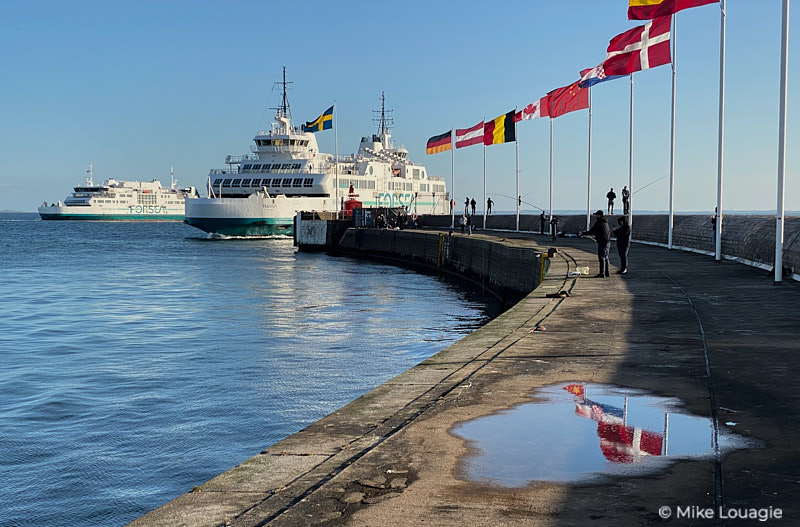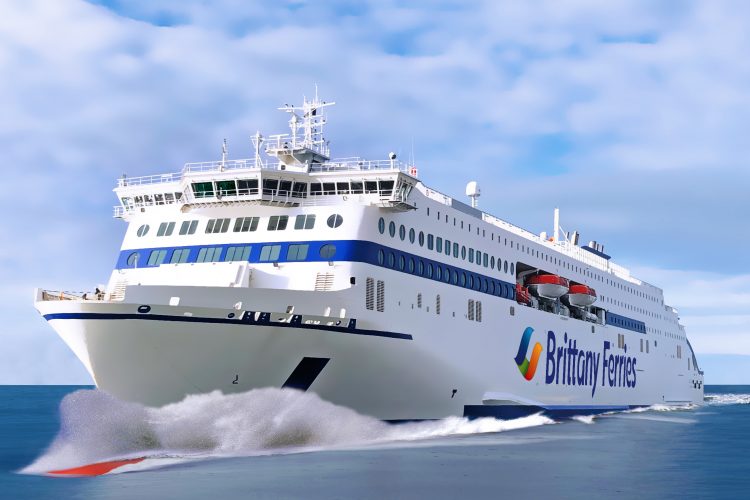Naples-based ferry company SNAV (MSC Group) is in advanced talks with the Italian shipyard Intermarine for a new single-hull ship capable of transporting up to 700 passengers, several sources revealed to Ferry Shipping News.
The ship in question will be deployed on the routes connecting Naples with the surrounding islands and the delivery is scheduled 18 months after the signing of the contract.
“The design and construction of aluminum fast ferries has been for many years the core business of Rodriquez Cantieri Navali (merged into Intermarine in 2013), that has built a significant number of vessels in the range from 30 to 115 meters for operators from all over the world” says the shipyard website.
Today the production of fast ferries is focused on vessels of smaller size, ranging from 40 to 70 meters, with different types of hulls: monohulls, catamarans, wave-piercing catamarans and hydrofoils.










